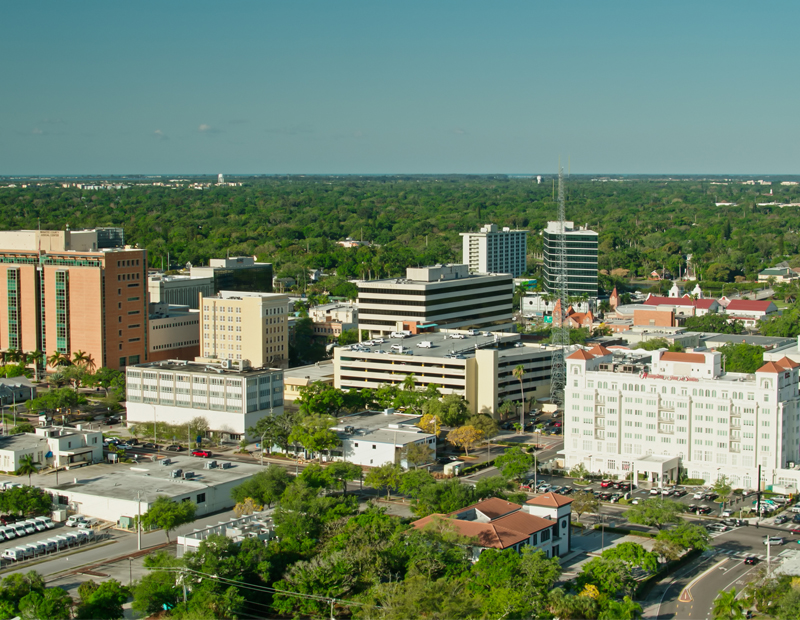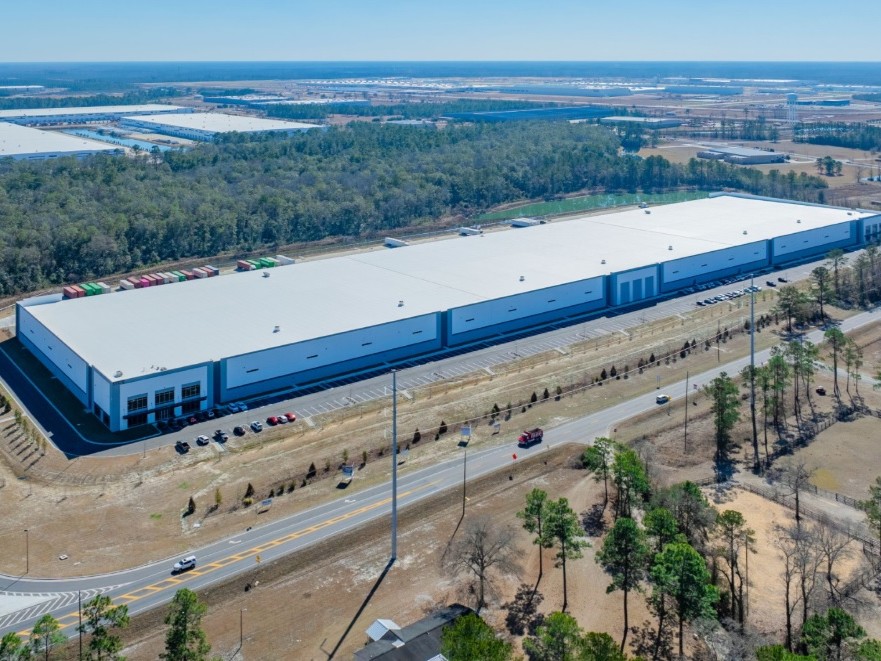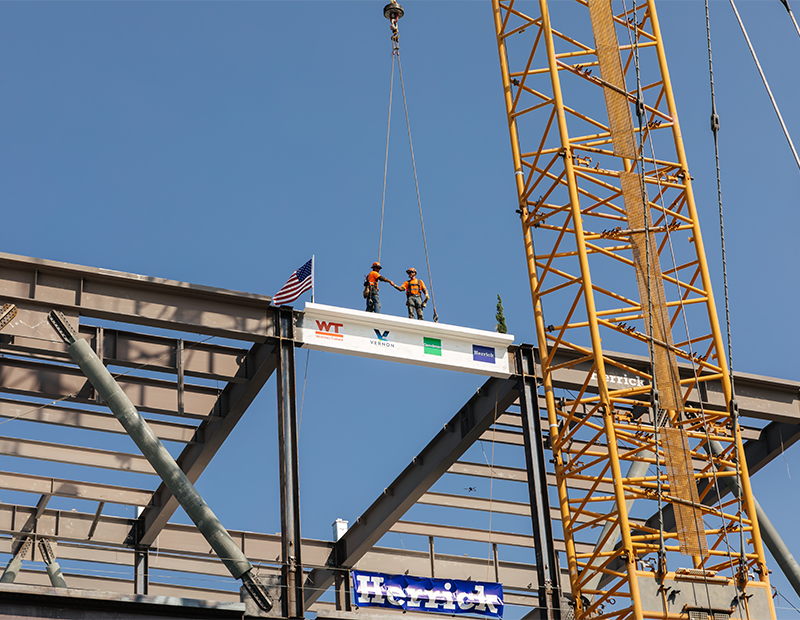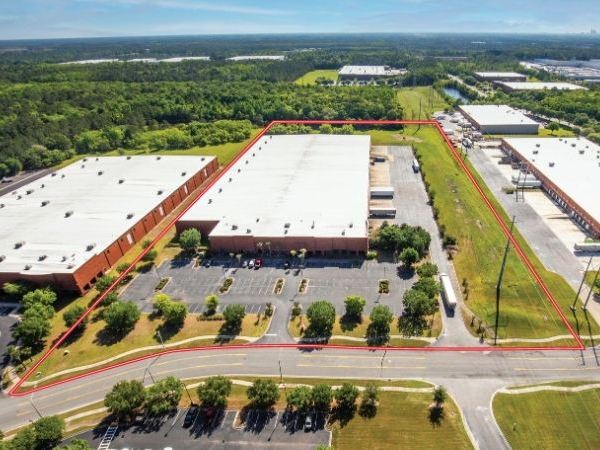The Biggest Risk CRE Investors Face
Avoid “shiny objects” that distract you from long-term fundamentals, says CPE columnist Peter Linneman.
We were recently asked, “What is the biggest risk real estate investors face today?” The audience clearly expected us to say high interest rates, a recession, rising cap rates, frozen debt markets, etc. However, without hesitation we answered that the biggest risk is missing out on taking advantage of a window of capital market turbulence. We noted that a cursory glance at history, as well as our research, reveals that investing in times of capital market turbulence yields outsize returns of seven to 10 years.
Investors must bear in mind that they can make both Type 1 errors (investing when in hindsight you should not have done so) and Type 2 errors (not investing when in hindsight you should have done so). Past episodes of capital market stress suggest that this is when investors are prone to Type 2 errors (doing nothing). By seeking to avoid Type 1 errors, investors risk making notable Type 2 errors and miss out on a window of excess returns.

Today’s real estate investment landscape remains volatile and replete with “shiny objects” to distract investors from long-term fundamentals. While these shiny objects are endlessly engaging to discuss, they have little impact on long-term performance. History shows that the current problems in real estate and capital markets inevitably resolve, while our research demonstrates that over the long term, quality real estate performs.
Recall Sam Zell’s famous “stay alive till ’95” mantra. From 1990 to 1994, the financial system was broken. Banks had no money, and savings and loans had disappeared as a major capital source. There were no sovereign wealth funds or meaningful REITs or pension funds. Five real estate private equity funds had a combined equity capacity of less than $2 billion. Further, real estate rent and occupancy fundamentals were a disaster. Similarly in the depths of 2009 to 2011, the real estate and capital markets were both disasters, with almost no liquidity. Yet if you found a way to purchase everything decent during those periods and held for seven to 10 years, you were richly rewarded.

Today, things are notably better than they were during the above periods, as there is substantial liquidity capacity in the system, and real estate fundamentals are challenged only for office and low-quality retail. Part of the solution is always that as the economy grows, wealth and bank deposits grow, which eases capital market shortages. Similarly, rents and occupancy levels achieve equilibrium via economic growth and reduced development.
Avoid being paralyzed by today’s many shiny objects. Focus on seven to 10 years from now, not what comes across Bloomberg tomorrow. Real estate is a long-term business. When the Fed much belatedly reduces the short rate to 3.5 percent, the banking business model will be revving on all cylinders. And when capital flows, real estate values rise. “Stay alive till 3.5!”
Dr. Peter Linneman is a principal & founder of Linneman Associates (www.linnemanassociates.com), Professor Emeritus at the Wharton School of Business, University of Pennsylvania, author of “Real Estate Finance and Investments: Risks and Opportunities,” and co-author of “The Great Age Reboot: Cracking the Longevity Code for a Longer Tomorrow.” Follow Dr. Linneman on X: @P_Linneman








You must be logged in to post a comment.